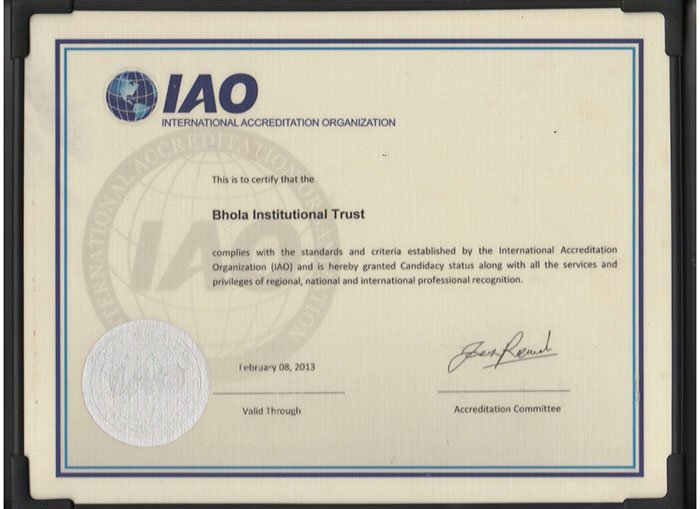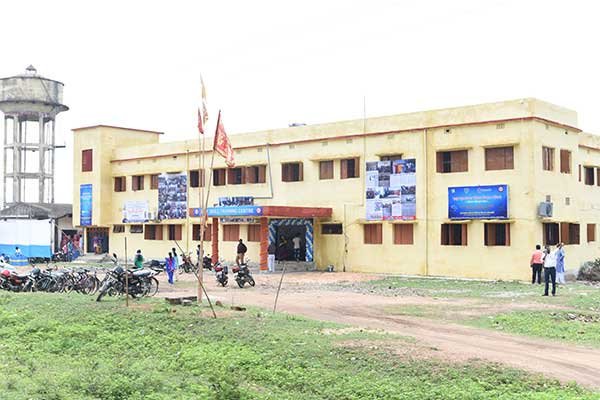Certified by IOA




Today two terms that are being used almost interchangeably are ‘Open Learning’ and ‘Distance Education’ and they are often combined to be known as Open and Distance Learning (ODL). It is a philosophy that can be translated into reality through Distance Education, and the two are complementary.

In teaching-learning arrangements, the learner and the teacher are separated by distance or time. As a matter of fact, it is a means of delivering education and instruction to learners who are not physically present in a classroom. Curriculum transactions are effected by specially prepared materials (learning materials) which are delivered by various media to learners at their doorstep, including print, audio/videotapes, the Internet, and the World Wide Web. As a consequence, traditional classroom-based education replaces the inter-personal communication between the teacher and students with a technological medium. The institution, the teacher, and the learners communicate primarily via electronic media (telephone, chat sessions, email, website, etc.), postal correspondence and limited face-to-face contact sessions at DE institutions' Study Centers, set up as close as possible to the learners' homes.
Open learning, which covers a wide range of innovations and reforms in the educational sector that advocates flexibility to the learner with regard to entry and exit; pace and place of study; method of study and also the choice and combination of courses; assessment and course completion. The lesser the restrictions, the higher the degree of openness. The Open learning system aims to redress social or educational inequality and to offer opportunities not provided by conventional colleges or universities. Educational opportunities are planned deliberately so that access to education is available to larger sections of society. Thus, ODL is a term that accepts the philosophy of “openness” and uses the “distance mode” of learning.
ODL occupies a special place in the Indian higher education system because of its major contribution in enhancing the gross enrollment ratio and democratization of higher education to large segments of the Indian population particularly to reach out to the unreached and to meet the demands of lifelong learning which has become more of a necessity in the knowledge society. The major objectives of the DE system are:
India has one of the largest DE systems in the world, second only to China. There are six types of institutions offering DE today:
Mind Admission is known as the best admission consultant situated in the core of Pune City which is known as the Knowledge center point of India. We have helped a large number of students in the admission process towards achieving their career goals.